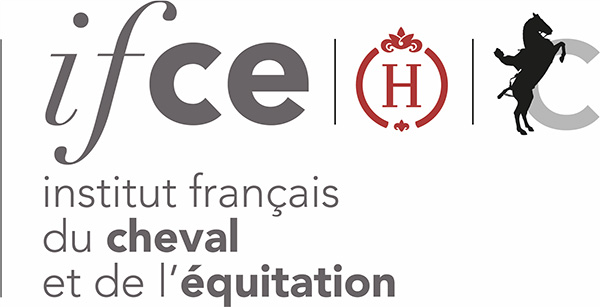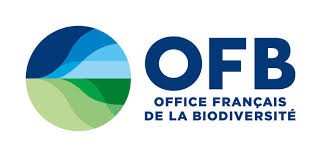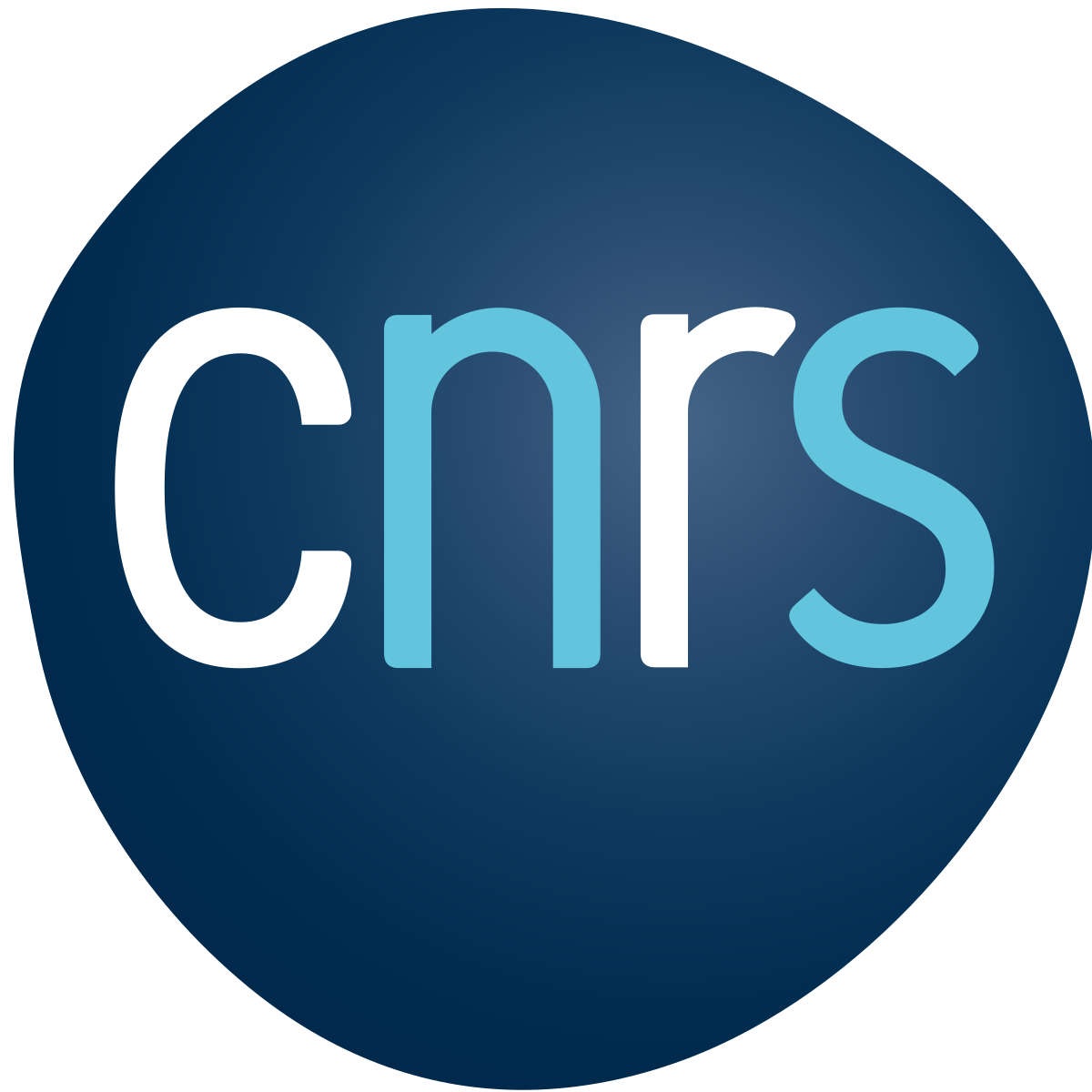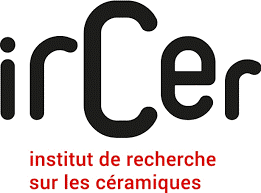Reaction mechanisms endogenous to water reservoirs and impact on water quality
Theme team
Permanent staff
Véronique Deluchat – Professor
Geneviève Feuillade – Professor
Marilia Camotti-Bastos – Associate Professor
François Bordas – Associate Professor
Malgorzata Grybos – Associate Professor
Virginie Pallier – Associate Professor HDR
Marion Rabiet – Associate Professor
Contractual staff
Yasaman Tadayon – Study engineer
Axelle Arvis – Technician
Edgar Godet – ATER
PhD students
Marie Ciappa
Ibrahim El Abbadi
Aya Ramadane
Mots clés
 The objective of this theme is to define the mechanisms that govern the transfer of elements that cause the degradation of water quality in reservoirs. The main elements studied are, on the one hand, metallic trace elements and metalloids, whose origin can be natural or anthropic, and, on the other hand, phosphorus, given its key role in the eutrophication phenomenon. The impact of these contaminants is conditioned by their bioavailability and therefore by their speciation. It is therefore necessary to characterise the reactions controlling this speciation and the mobility of these elements, in particular by considering exchanges at the water/sediment interface. Indeed, these contaminants, having a strong affinity for the particulate fraction, accumulate in the sediments of reservoirs, creating an internal load. Cyanotoxins produced by cyanobacteria and the degradation of organic matter (macrophytes, algae, cyanobacteria) are the main sources of degradation of water quality in connection with eutrophication. Organic matter, given its role in the speciation of metals and phosphorus, is also a key parameter to consider when assessing the mobility of contaminants. Knowledge of the total content of pollutants in a sediment does not allow the risk of transfer to the water column to be assessed. Determining the distribution of contaminants by chemical and physical fractionation is necessary to assess their mobility in reservoirs with variable physico-chemical conditions (pH, redox, temperature, etc.) due to management methods (hydroelectricity, for example), variations in seasonal hydrological conditions and/or induced by climate change. Laboratory studies under controlled conditions are needed to determine the quantities of contaminants that can be mobilised from the sediment into the water column under different physico-chemical conditions. In assessing the mobility of contaminants from the sediments to the liquid phase, in addition to the dissolved forms, the contribution of the colloidal fraction should also be considered, with an assessment of the bioavailability of the elements in this fraction. All of these results will make it possible to define the impact of management conditions (tidal range, dryness, storage conditions for sediments following their export, etc.) on the mobility of contaminants, in order to control their dissemination. Finally, monitoring the speciation of pollutants in the water column of reservoirs during a hydrological cycle is also a major challenge for controlling the dynamics of contaminants in reservoirs.
The objective of this theme is to define the mechanisms that govern the transfer of elements that cause the degradation of water quality in reservoirs. The main elements studied are, on the one hand, metallic trace elements and metalloids, whose origin can be natural or anthropic, and, on the other hand, phosphorus, given its key role in the eutrophication phenomenon. The impact of these contaminants is conditioned by their bioavailability and therefore by their speciation. It is therefore necessary to characterise the reactions controlling this speciation and the mobility of these elements, in particular by considering exchanges at the water/sediment interface. Indeed, these contaminants, having a strong affinity for the particulate fraction, accumulate in the sediments of reservoirs, creating an internal load. Cyanotoxins produced by cyanobacteria and the degradation of organic matter (macrophytes, algae, cyanobacteria) are the main sources of degradation of water quality in connection with eutrophication. Organic matter, given its role in the speciation of metals and phosphorus, is also a key parameter to consider when assessing the mobility of contaminants. Knowledge of the total content of pollutants in a sediment does not allow the risk of transfer to the water column to be assessed. Determining the distribution of contaminants by chemical and physical fractionation is necessary to assess their mobility in reservoirs with variable physico-chemical conditions (pH, redox, temperature, etc.) due to management methods (hydroelectricity, for example), variations in seasonal hydrological conditions and/or induced by climate change. Laboratory studies under controlled conditions are needed to determine the quantities of contaminants that can be mobilised from the sediment into the water column under different physico-chemical conditions. In assessing the mobility of contaminants from the sediments to the liquid phase, in addition to the dissolved forms, the contribution of the colloidal fraction should also be considered, with an assessment of the bioavailability of the elements in this fraction. All of these results will make it possible to define the impact of management conditions (tidal range, dryness, storage conditions for sediments following their export, etc.) on the mobility of contaminants, in order to control their dissemination. Finally, monitoring the speciation of pollutants in the water column of reservoirs during a hydrological cycle is also a major challenge for controlling the dynamics of contaminants in reservoirs. 
Ongoing projects
AAP CNRS INRAe
C-TROPH
Coordinators : G. Feuillade, V. Pallier & M. Grybos
The carbon cycle and its storage in soil are subjects in concern because of the challenges related to reducing greenhouse gas emission. These questions are less considered in continental aquatic ecosystems, like water pounds. However, many of these ecosystems have observed nutrient enrichment during the 20th century, which has resulted in their eutrophication. One of the consequence of this phenomenon is the occurrence of proliferation of cyanobacteria, which is accompanied by the production of a very important organic biomass. In these ecosytems, the carbon cycle concerns both non-native inputs and native production, and depend on their transformation, their mobility, and their exchanges between the water, the sediments and the interface water/sediment. The understanding of the carbon cycle in an eutrophic ecosystem is a necessary pre step for a better understanding of the carbon storage in sediments and for the evaluation of both the stability and the evolution of this stock over time. Moreover, this knowledge is necessary for work related to sediment recovery routes, in particular for those using low-carbon processes.
Financial partners :
Call for projects R&D – French Horse Institute.
Veterinary pharmaceuticals, Environment, Water : Diffusion of veterinary pharmaceuticals in an equine exploitation : Quantification of the impact on the water resources
Coordinators : Virginie Pallier & Geneviève Feuillade
The diffusion of veterinary pharmaceuticals in the environment is an emerging issue because of both the ecologic and sanitary impacts and their wide use in agricultural activities. The evaluation of their presence in the environment has already been documented and non-negligible concentrations were quantified in soils, sediments and surface and groundwaters. The studies often deal with the reactivity in soils following the amendment of manure as it represents the major way of diffusion with 50% of the veterinary pharmaceuticals excreted in urine or feces (Song & Guo, 2014). However, nowadays, the optimized ways of management of manure allow to decreased the diffusion. On the contrary, the veterinary pharmaceuticals can be released in the aquatic environments from non-treated manure, from feces and from soils amended, following runoff and percolation in soils. Variables concentrations were quantified worldwide in runoff waters from amended soils and in the water resources in areas under agricultural pressure. This contamination of the water resources is therefore a priority, as the contaminations can be multiple and responsible for a cocktail effect. The experimental station of the National stud of Chamberet (19) is chosen as pilot-site in this study because of its activities and its geographical location. This project thus aims at qualifying and quantifying the impact of the administration of veterinary pharmaceuticals to horses on the physico-chemical and chemical quality of the water resources and on the aquatic ecosystems. The experimental methodology only considers recurring medication protocols, which can have a lasting impact on the environment of the site.
Financial partners :

AAP IFCE
Environnemental sources & contamination of horses by arsenic : Towards an understanding of contamination mechanisms. Interest in doping control.
Coordinators : G. Feuillade & V. Pallier
SECCAs-2 project aims to understanding the mechanisms of transfer and the mobilization of arsenic from soil to environmental medium: aqueous (wetland), vegetal (grass) and animal (horse), on the site of the experimental station of Chamberet, in order to define the environmental, climatic, physico-chemical and chemical conditions that allow arsenic to be available for horses. Consequently, amounts of urinary arsenic in quantity higher than the international threshold (300 ng/mL) could be detected.
Scientific and technical objectives of the project are:
– Achieve leaching tests, in order to evaluate the potential of mobilization of arsenic from soil to water and to simulate the behavior of wetland which are considered rich in arsenic ;
– Achieve column percolation tests in order to quantify the mobilization of arsenic from the solid phase to the aqueous phase by simulation of in-situ conditions ;
– Carry out grass growing trials to evaluate the percent of mobilization of arsenic from the solid phase to the vegetal phase by phytoremediation ;
– Estimate ingestion of soil by horses in order to evaluate the contribution of ingested soil in the oral exposure of horses to arsenic.
Recommendations can be made to limit the contamination of race or sport horses before a competition.
Financial partners :
Call for expressions of interest: Development concerning monitoring and assessment of the status of water and aquatic environments
POMOSED
Coordinators : Véronique Deluchat , Malgorzata Grybos and Marion Rabiet
This project concerns the assessment of the adequacy of WFD regulatory monitoring of sediment quality of water bodies, in relation to the assessment of the risk of phosphorus (P) transfer to the water column and the estimation of sedimentary P stocks. Currently, the WFD monitoring that began in 2005 includes the analysis of particle size and total phosphorus, iron, aluminum and manganese content on sediment, at a single point of withdrawal per body of water in the deepest area.
The objective of this project is to propose a methodology to assess the quality of sediments concerning phosphorus and environmental risk. This methodology will be proposed in order to be directly usable by the actors concerned (design offices, managers…).
As a first step, an analysis of the currently collected sediment data will be carried out to assess the relevance of this program to the physico-chemical characterization of sediments as well as the factors explaining the observed variabilities.
In a second stage, within a selection of water bodies (between 20 and 30 natural and artificial water bodies), additional analyses will be carried out in order to assess the content of potentially mobilisable phosphorus (PMP), considering a protocol for fractionation by sequential or selective extractions. This PMP will be confronted with current monitoring data, and to the extent possible, the possibility of estimating it from existing data will be explored. If not, recommendations will be made to define additional data enabling its access. Any additional analyses will be selected taking into account the associated costs. The development of a sediment quality assessment grid will also be considered.
Finally, for two to three water bodies, the stock of P will be determined by considering a robust sampling plan. On the basis of these results and a statistical analysis of the data, an assessment of the level of precision of the P stock will be made, taking into account different sampling scenarios, including that implemented in the framework of the WFD. Based on the results, a revised sampling strategy will be proposed to achieve the objectives.
Financial partners :








